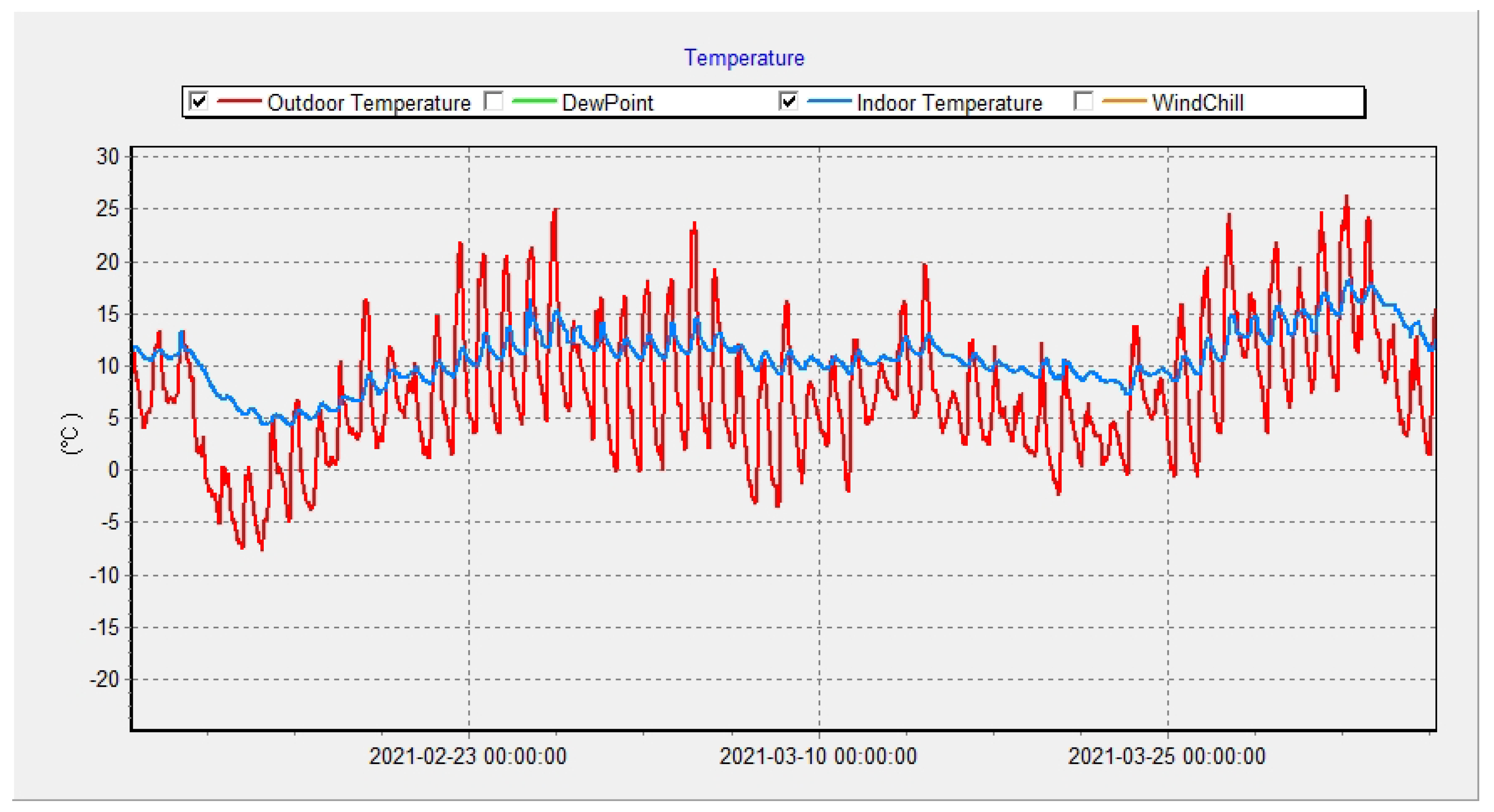
Too little thyroid hormone can slow your heart rate. Too much thyroid hormone can cause the heart to beat faster. Problems with your thyroid gland can lead to heart problems such as an irregular heartbeat. The thyroid gland releases thyroid hormones that increase the heart rate. Atrial natriuretic peptide is a hormone made and released by heart cells when the pressure inside the atria is elevated. The decreased blood volume and salt cause your blood vessels to relax and lower your blood pressure. Some hormones cause the kidneys to remove more water and salt from the blood.

When your blood volume is low, such as when you are losing blood, certain hormones prevent water loss to help maintain your blood volume and blood pressure.

Hormones also control how much water and salt your kidneys remove from your blood to excrete as urine. High levels of this same hormone, along with the hormone norepinephrine, cause the blood vessels to narrow and the heart rate to rise, increasing blood pressure. Low levels of the hormone epinephrine, also called adrenaline, cause blood vessels to relax and widen.


Your coronary arteries supply blood to your heart. Like other muscles in the body, your heart needs blood to get oxygen and nutrients. A problem with the electrical system-or the nervous or endocrine systems, which control your heart rate and blood pressure-can also make it harder for the heart to pump blood.Įxplore this Health Topic to learn more about how the heart works, our role in research to improve health, and where to find more information. If disease or injury weakens your heart, your body’s organs will not receive enough blood to work normally. A healthy heart supplies your body with the right amount of blood at the rate needed to work well. Your heart’s electrical system controls the rate and rhythm of your heartbeat. Inside your heart, valves keep blood flowing in the right direction. Blood also carries carbon dioxide to your lungs so you can breathe it out. Your blood carries the oxygen and nutrients that your organs need to work properly. This system is a network of blood vessels, such as arteries, veins, and capillaries, that carries blood to and from all areas of your body. Your heart is at the center of your circulatory system. It is made up of multiple layers of tissue. The heart is an organ about the size of your fist that pumps blood through your body.


 0 kommentar(er)
0 kommentar(er)
